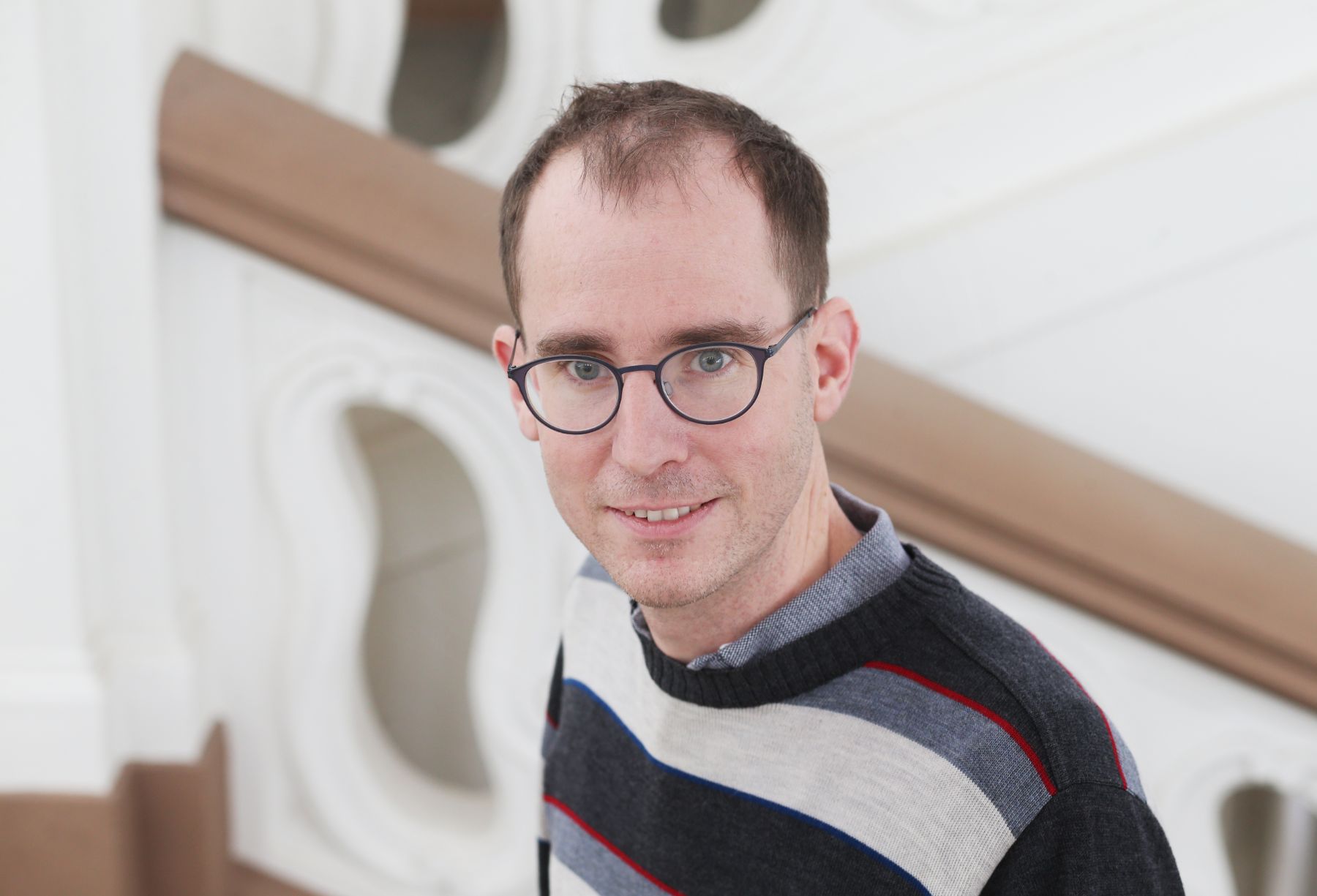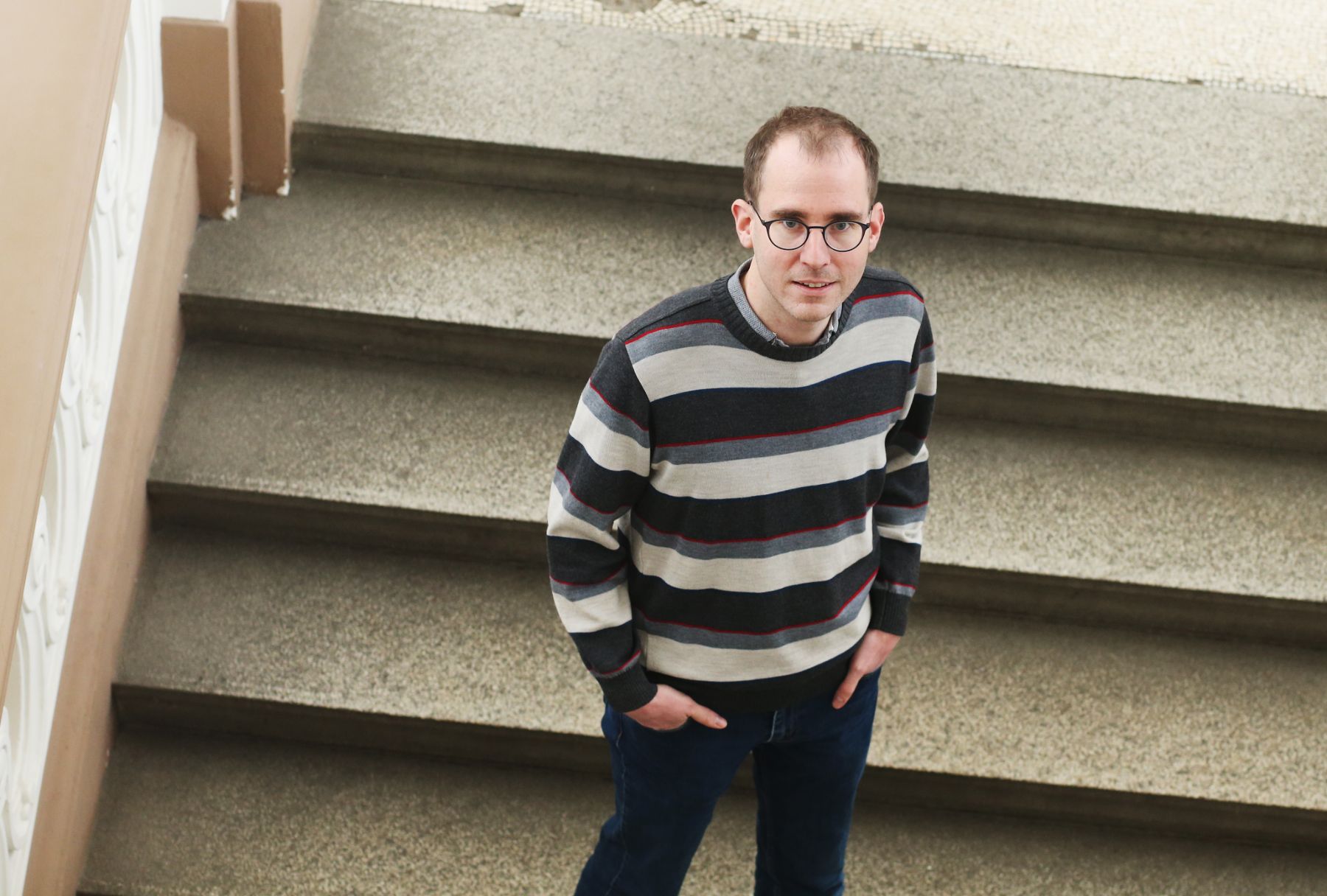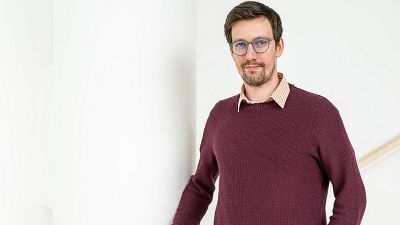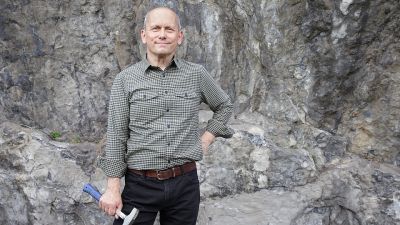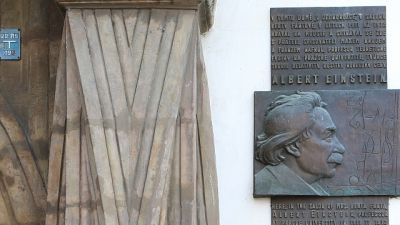The physicist Tim Verhagen comes from the Netherlands but has been working in the Czech Republic for eight years, currently at the Faculty of Mathematics and Physics, Charles University. He has now received a prestigious ERC Starting Grant worth almost 50 million crowns for his research into new materials – “2D-sandwiches”.
“If I take two slices of bread and put a slice of cheese between them, they will not stick together, but if we use peanut butter and jam, a popular filling in the USA, they will stick together. By sticking them together, you create a new unit – a sandwich that has different properties than the original slices of the bread itself,” says Tim Verhagen, explaining the principle behind the new materials, for which he has been awarded a prestigious European Research Council (ERC) Starting Grant worth just under two million euros, the equivalent to almost 50 million crowns.
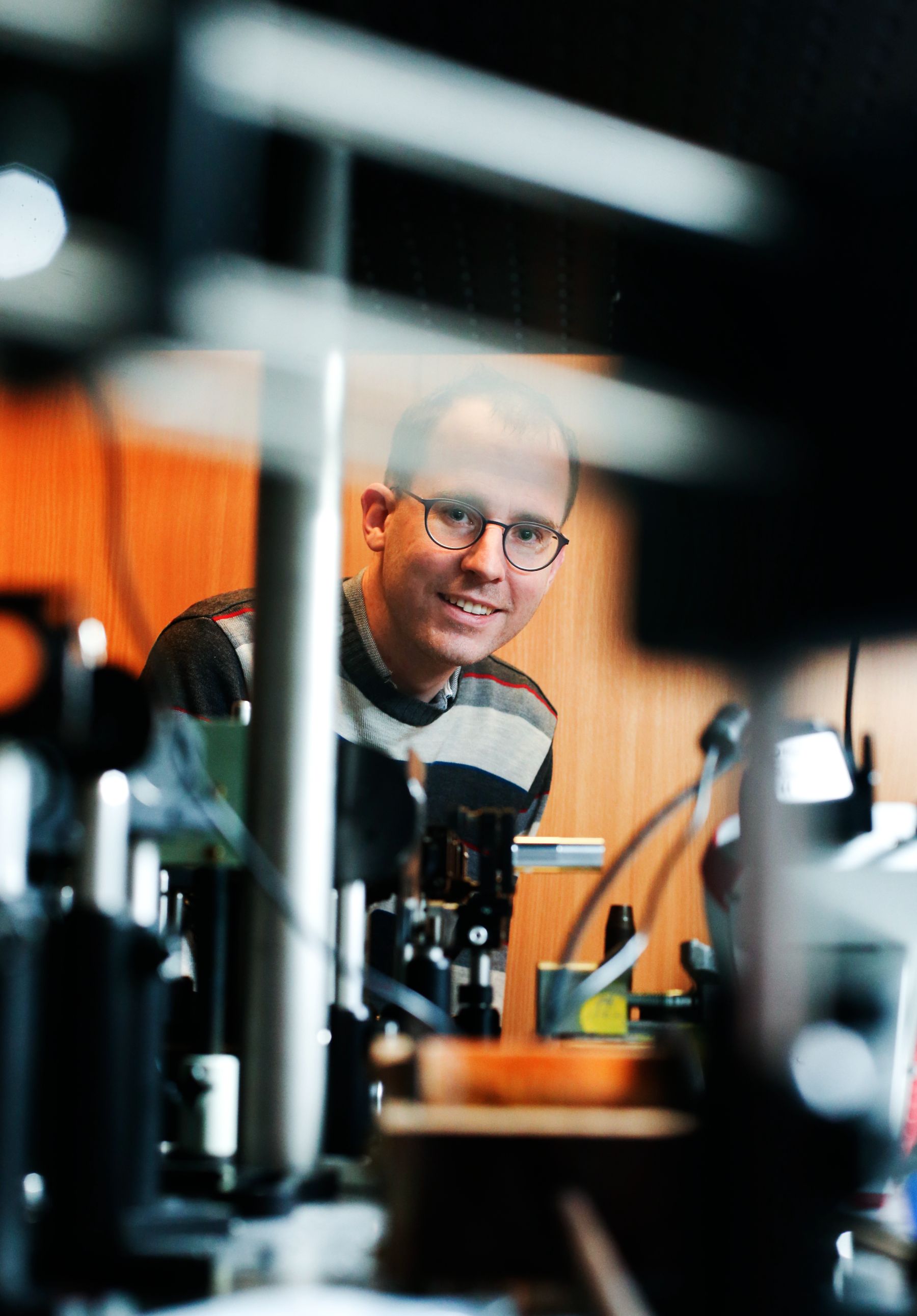 Layered materials are nothing new, the most famous example from nature is graphite – a pigment in an ordinary pencil, which is made up of thin layers of carbon. Layered materials have also been the focus of much research in recent years when scientists combine thin layers of different materials in order to obtain new materials with unique properties. "If I continue our analogy, so far only different slices of bread – white, dark, with seeds – have been layered on top of each other, but there was no "glue" – any strong interactions between them – the peanut butter was missing,” explains Verhagen, who will focus in his ERC's research on the "filling" that would connect just two layers of materials. “This would allow us to obtain new materials with truly unique properties. My goal is to create a 2D-sandwich that will have ferromagnetic and ferroelectric properties at room temperature, which is such a Holy Grail in our field.”
Layered materials are nothing new, the most famous example from nature is graphite – a pigment in an ordinary pencil, which is made up of thin layers of carbon. Layered materials have also been the focus of much research in recent years when scientists combine thin layers of different materials in order to obtain new materials with unique properties. "If I continue our analogy, so far only different slices of bread – white, dark, with seeds – have been layered on top of each other, but there was no "glue" – any strong interactions between them – the peanut butter was missing,” explains Verhagen, who will focus in his ERC's research on the "filling" that would connect just two layers of materials. “This would allow us to obtain new materials with truly unique properties. My goal is to create a 2D-sandwich that will have ferromagnetic and ferroelectric properties at room temperature, which is such a Holy Grail in our field.”
Laboratory baking of 2D-sandwiches
The ERC grant will provide him with funding, among other things, to buy a special device that will allow him to deposit very thin – single-atomic layers of different materials on top of each other: "In the first step, we will produce 2D-sandwiches from very thin layers of different materials. You can imagine it as 3D-printing, where we will change the color – the material – after one layer. We will then study the prepared samples using optical spectroscopy methods, where we shine a light on the sample and study how the reflected light changes,” describes the scientist, according to which each class of materials has its advantages and disadvantages, but when we combine different types of materials appropriately, we can obtain materials with truly unique properties. “If we succeed, we could more easily create complex materials that will bring new possibilities for electronics or information processing, for example.”
New concept of “open-samples”
In the scientific community, the concept of open-data, where scientists share the measured results, has become established. Verhagen wants to go further. He wants to share the samples themselves. “I perceive that one of the big problems in science today is the non-reproducibility of the results. For most experiments, you create unique samples, which you then measure on special instruments. In the past, you could more easily verify data from publications in the laboratory, nowadays it can take months or even years to reproduce somebodies unique samples or experiments. That's why I want to share my samples – 2D sandwiches, so that other scientists can use their techniques and devices and measure them. My colleagues warn me about this – that others might take advantage of my work and steal my ideas, but I want to try it and I think it could bring interesting collaboration,” says the scientist, stressing that he is not interested in co-authorship of articles, he will refuse to do so in order to guarantee the true independence of the results.
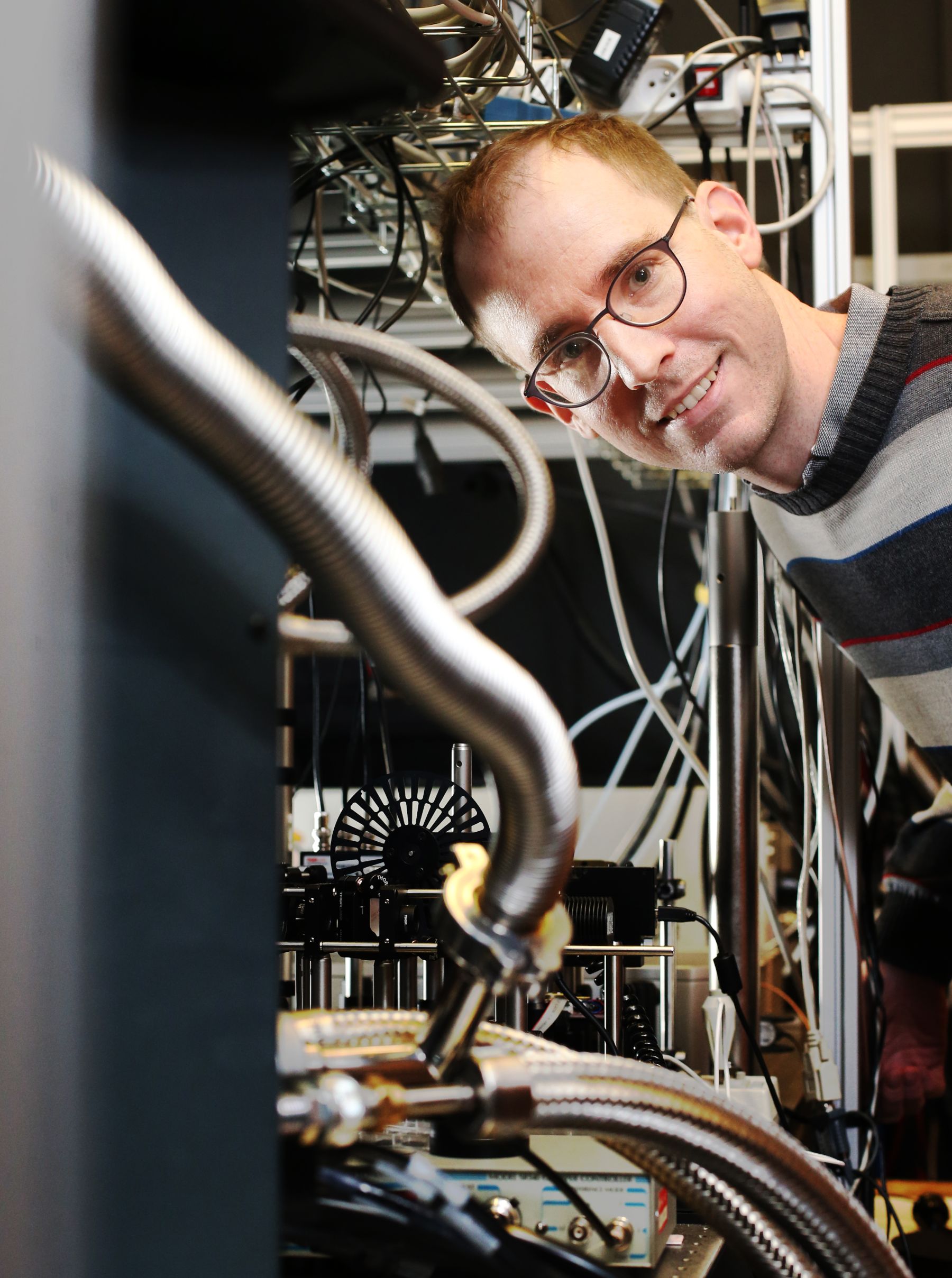 For original ideas, you need new stimuli all the time
For original ideas, you need new stimuli all the time
“In my research, I would not like to repeat what others are already doing. I want to ask original questions, do unique research, be creative. If I stick to the sandwich analogy – preparing a good bread is a craftmanship, the filling gives it a whole new dimension," he explains how the idea for the ERC project came about. "It was a long-term process, I thought about it a lot, read and improve the initial ideas until the current '2D-sandwich' project came about. I was surprised that although it's a very simple research question, no one has ever done it before. I really spent a lot of time, weeks, searching the literature to see if anyone else was doing something similar," recalls the grant-winning physicist, who took about three months to write the ERC project, but it was not his full-time job and he did other things as well. He then spent the next two to three months polishing the project.
“For original ideas you need to have new stimuli all the time, to meet new people. That's why I also advise students to change projects and laboratories during their studies, ideally to go abroad, or at least to work at different institutions in their city or country. Staying in one laboratory is easy, but you don't develop your potential fully.” He himself changed the project between master's and doctoral studies. “After finishing my Ph. D., my partner wanted to return to the Czech Republic, so I found a postdoc position in Jana Kalbáčová Vejpravová's group, where I met a great group of scientists of the same age who had different experiences. After six years, I then moved to the Institute of Physics of Charles University, where I work as a researcher and work on my own projects. I am now looking forward to expanding my projects and hiring more people thanks to ERC funding,” Verhagen adds.
| Timotheus Guillaume Albertus Verhagen, Ph. D. |
| Timotheus Guillaume Albertus Verhagen obtained bachelor's and master's degree in physics at the Delft University of Technology and PhD at the University of Leiden in the Netherlands. He came to Prague for his postdoc in 2014, where he worked for six years in Jana Kalbáčová Vejpravá's group at the Faculty of Mathematics and Physics of the Charles University and the Institute of Physics of the Czech Academy of Sciences. For the last two years, he has been a researcher at the Institute of Physics of Charles University. |


